Good evening Earthlings,
A summary of the crewmembers research follows:
DANTON BAZALDUA, WALTER CALLES
REMOTE SENSING IN MARS ANALOGUE SURFACE
This drone will map the soil of the MDRS during two weeks which will help to take images at 40 meters of height to be later analyzed by a digital processing software which will help us to better understand the characteristics of the Mars surface as well the automatic pilot of drone will help to astronauts recollecting information in difficult areas to explore. After that Using digital image processing algorithms, we will determine the characteristics of the surface of the MDRS using Matlab to analyze the images taken by the drone.
DANTON BAZALDUA, WALTER CALLES
REMOTE SENSING OF VITAL SIGNS
This device will monitor with the E.C.G sensor as well as some important aspects like the pressure before each EVA of Crew 187 LATAM-II. This device will be able to measure the internal temperature of the astronaut as well as the humidity inside the suit in addition ECG module moreover the body position, galvanic response skin that will transmit the data to the user interface to PC and will get the support to Crew 187.
DANTON BAZALDUA, BETEL MARTINEZ
COGNITIVE FUNCTION DYNAMICS IN A MARTIAN ANALOGUE SIMULATION
Analyze the dynamics of different cognitive abilities and its relationship with fatigue levels during the mission, in astronauts and to compare them against a matched control group of external participants not related to the Analogue Simulation. Fourteen adults will be part of the study. A control/cases design will be employed. 7 subjects that are part of the astronauts group of Crew 187 LATAM-II and seven persons paired to every participant from the cases group will be used as the control group. The groups will be paired by the sex, age, lateral dominance and level of studies. The subjects from the support group and the control paired will be chosen voluntarily. The study will be divided in three stages: “pre-mission”, “during-mission” and “post-mission “In each stage, fourteen participants will solve assigned COGNIFIT and Multidimensional Fatigue Test.
COOPERATION DYNAMICS IN A MARTIAN ANALOGUE SIMULATION
Researcher: DANTON BAZALDUA, BETEL MARTINEZ
Analyze the dynamics of cooperation and reciprocity between the Analogue Simulation Crew 187 LATMA-II members 2 women and 4 men between 23 and 30 years old will be part of the study. After that the information of the cooperative behavior between crew members during the analogue simulation to Mars, will be apply a Collective-Risk Social Dilemma in which six astronauts will be players and one coordinator. This task will be applied five times for two weeks.
Researcher: ATILA MESZAROS
Our search for the lovers of extreme just began. Halophiles are organisms that can flourish on high salinity environments, and MDRS sorroundings are the perfect place to haunt them. We’ve made a Halophile Sampling Method Protocol for tomorrow’s EVA to perform a regular sampling on El Dorado Canyon and it will be useful for our next explorations on Copernicus Highway.
The aquaponics isn’t running yet, but it’s almost completely build up. New Moringa seeds are coming pretty soon. We are waiting to do some equipment tests and after that, only one week will be necessary to start running it.
Today Atila’s project related to quinoa and kiwicha just began, pictures showing the planted pots with the seeds on the Mars analog soil are attached. We are looking forward to seeing those babies germinate. Previous germination test suggests that we are expecting seedlings for Sol 12. We will let you know
Researcher: Luis Jose Antonio Diaz Lopez
It was checked that the control modules: DS18B20 + RTC DS3132 + SD CARD are working correctly. The programming of the microcontroller is ready to perform the measurement of the two temperature sensors to obtain the values inside and outside the suit used during the EVA’s. The data sensors are transmitted to a cell phone via a bluetooth module and also store them in a .csv file inside a microsd card for further processing. Tomorrow (SOL 9) it will be tested in a EVA.
Researcher: Tania Robles
Science communication and documentary to space projects of young scientist and professionals in Latin America.
Progress: The documentary process on the participation of young people in space science and technology in Latin America has advanced. According to the observation of the behavior and participation of the crew members, videos and notes about each member have been taken.
Today, the first personal interview was held with the GreenHab Officer, where personal and professional issues related to their projects, decisions and future in the space area in their country and in the international community have been addressed.
In the following days, the missing members will be interviewed and shots will be taken in each one of the work and development environments of the crew members.
Researcher: Oscar Ojeda
Progress: There are two projects in course, the testing of the Cóndor Space Suit Simulator, and the Testing of the PXCM based wheel for a planetary rover. All systems had to be transported completely unassembled, so the first task was related with the assembly and testing of them. At this point the Rover is completely assembled and the software will be tested in the next two Sols. The Space Suit Simulator has already been assembled and tested on short range and mid-range EVAs, the systems of the suit are all nominal, and further testing on mid and long range EVAs will be undertaken in the last 7 Sols.
Researcher: David Mateus
The lysimeter has been assembled and calibrated, in this moment it is tested with Martian soil and without plants. tomorrow It is expected to replant quinoa over the soil that it is tested. The idea is to measure evapotranspiration over this soil, in order to make a list of recommendations to improve the conditions on the greenhab, with the objective of reducing this phenomenon.
Researcher: Cynthia Yacel Fuertes Panizo
Mobile application as help agent in MDRS
Progress:
The purpose of the application is to benefit the majority of the crew members, that’s why I analyzed the market share of mobile operating systems worldwide, a report published quarterly by Gartner, a leading company in market research. worldwide in the technology area. Therefore, the app will be developing to Android.
In order to choose the software of the tools that will be necessary like game engine, IDE (Integrated Development Environment) and augmented reality SDK, the following methodology will be use: First, list the different kind of software of each tool. Second, get the list of the top software. The third step is composed by two parts quantitative and qualitative analysis. Finally, the software of the tools is selected. In this way, Unity (game enginee), Monodevelop (IDE) and Vuforia (augmented reality SDK) are chosen (1).
One of the outputs of this project is an app for the crew astronomers. The target of this app will be the Hand Control of the Musk Observatory, and as it’s appreciate in the picture attached, the app already recognizes the real Hand control.
(1) C. Fuertes Panizo, “Aplicativo móvil de realidad aumentada para mejorar el proceso de enseñanza – aprendizaje”, 2017.
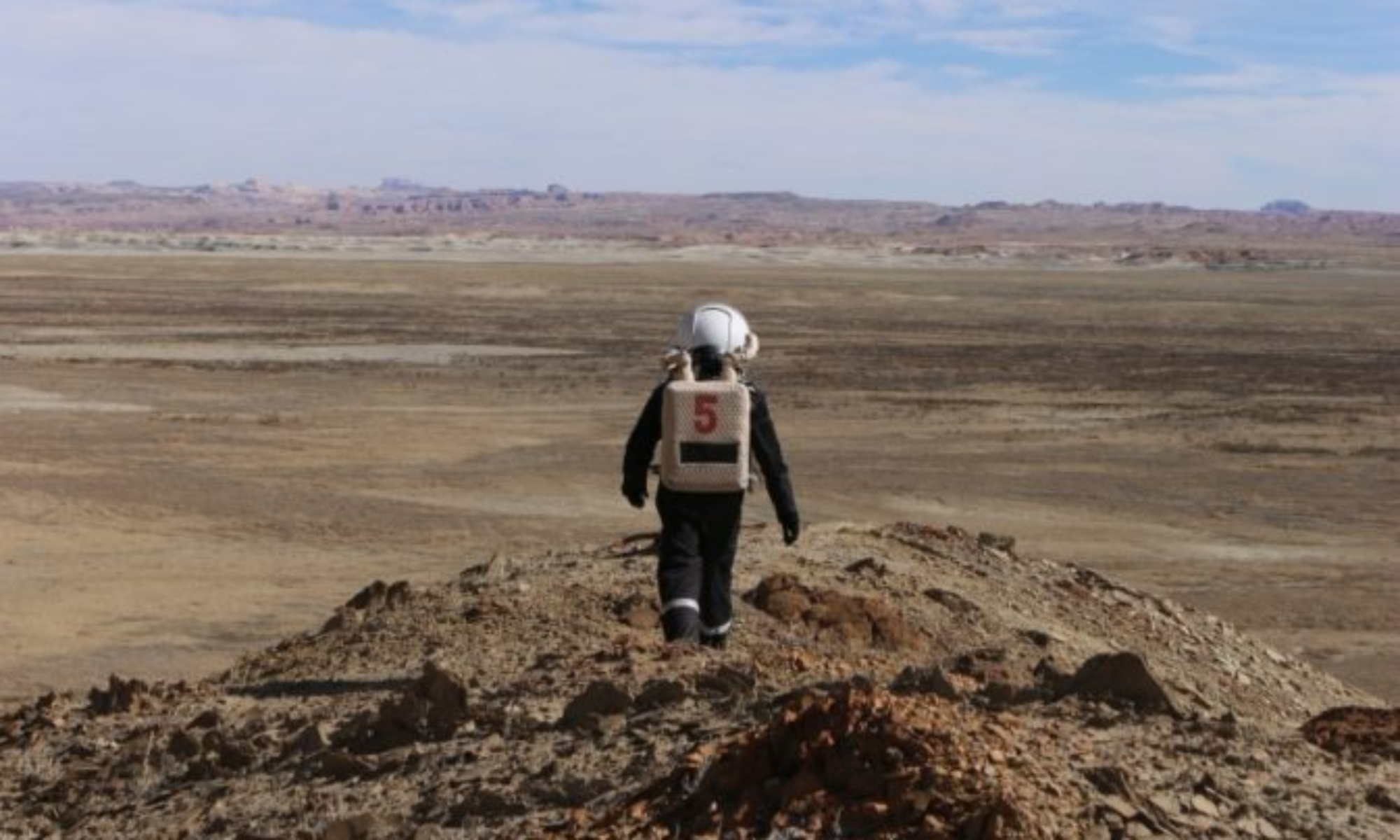

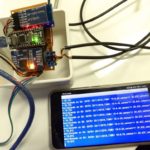
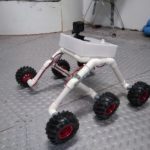

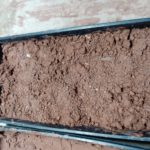
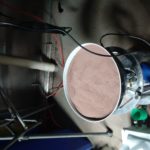
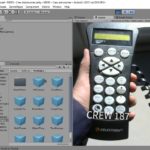
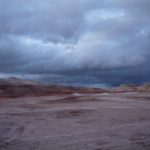
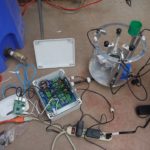
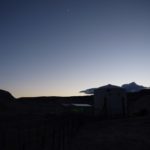
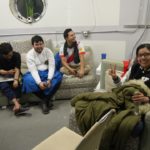
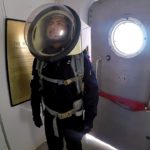
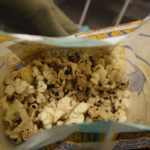
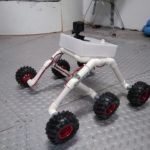
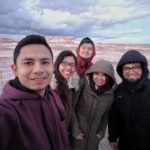
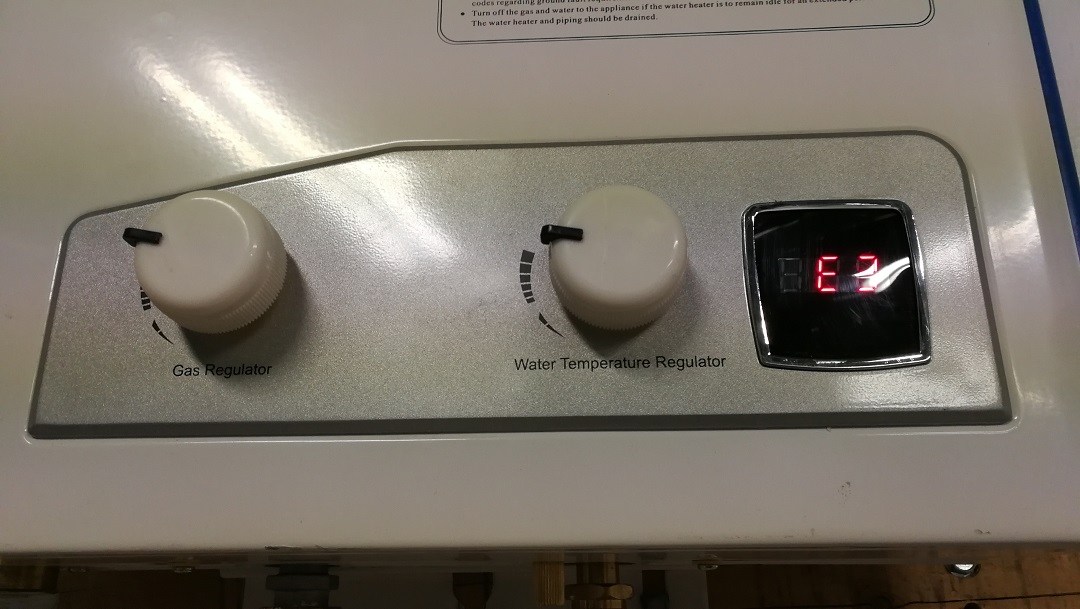
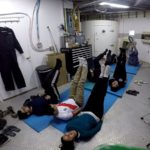
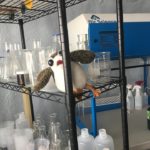
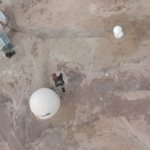

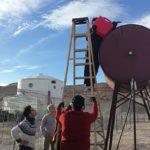
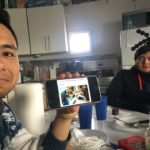
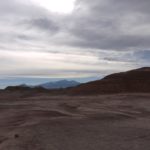
You must be logged in to post a comment.